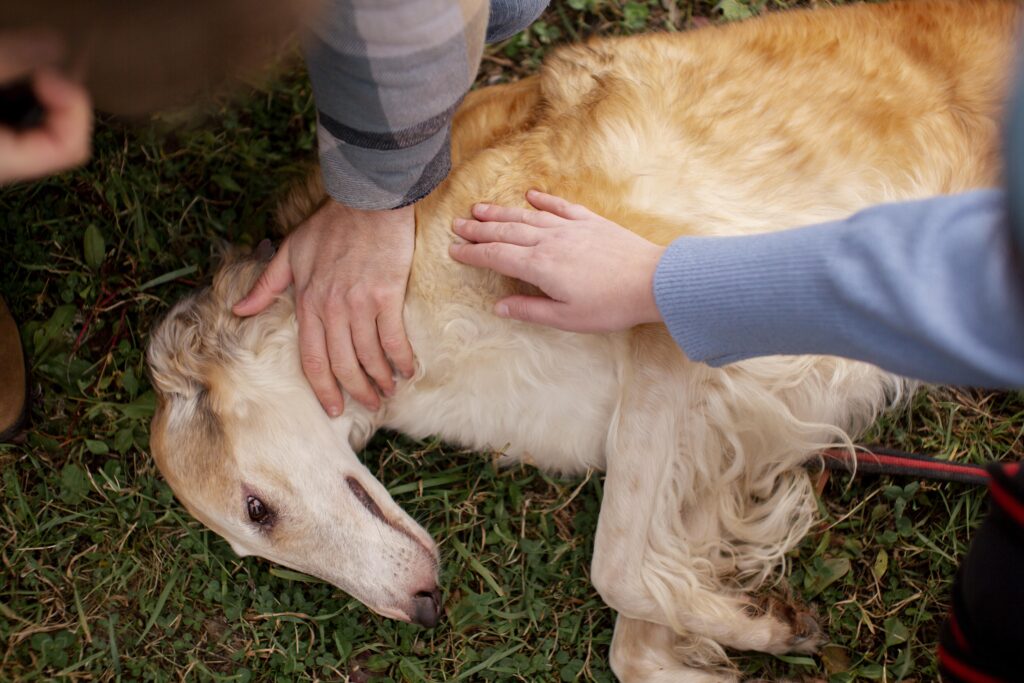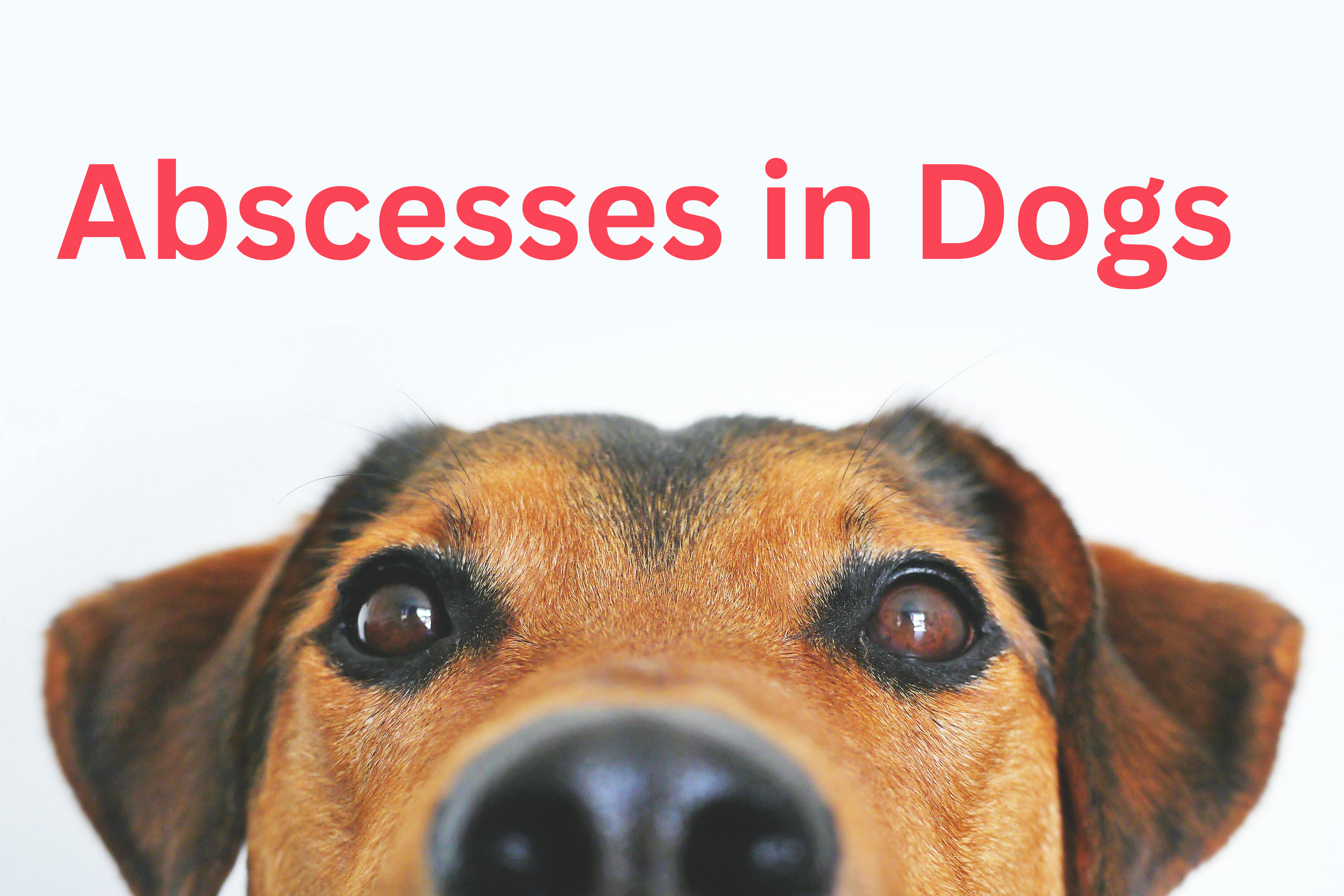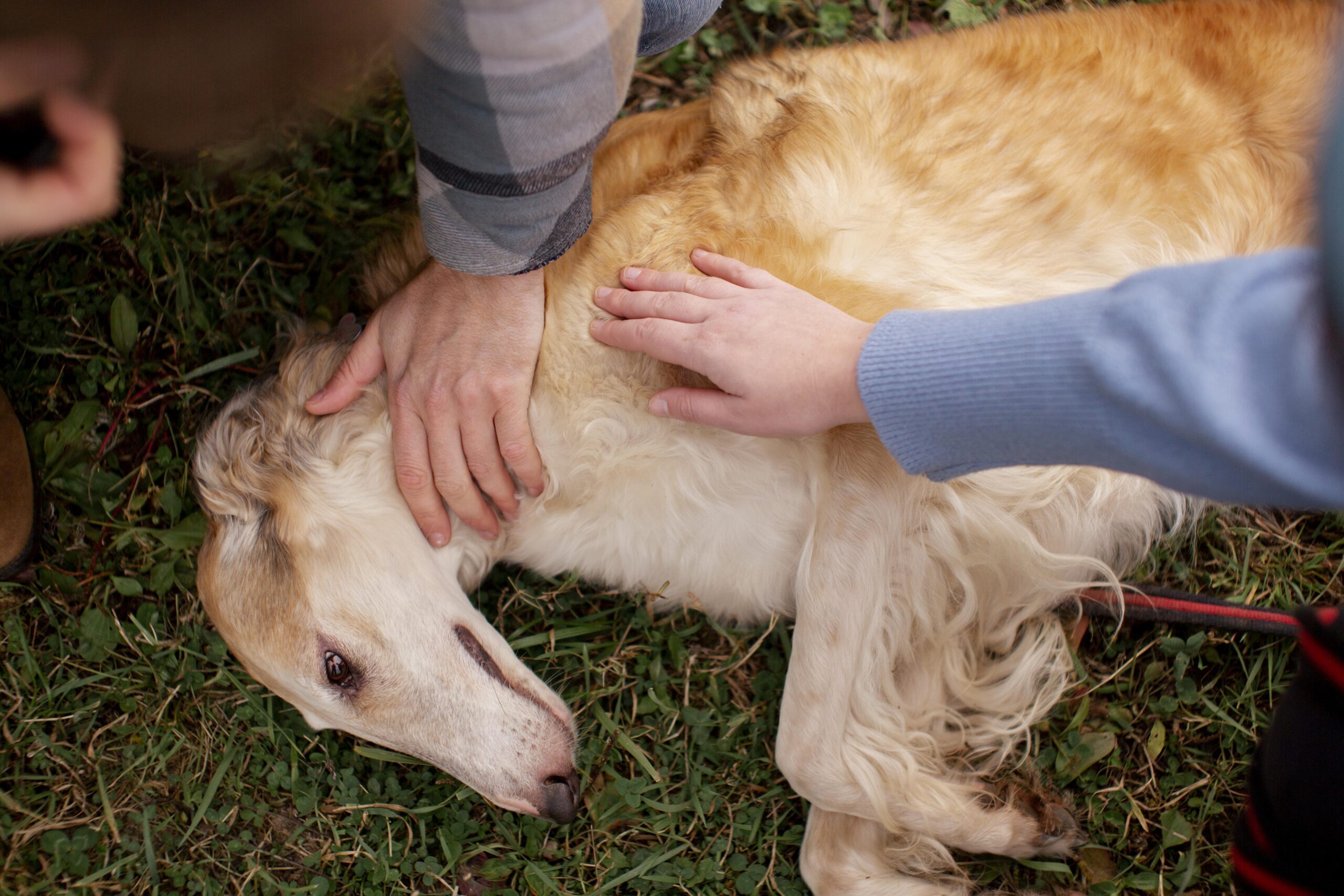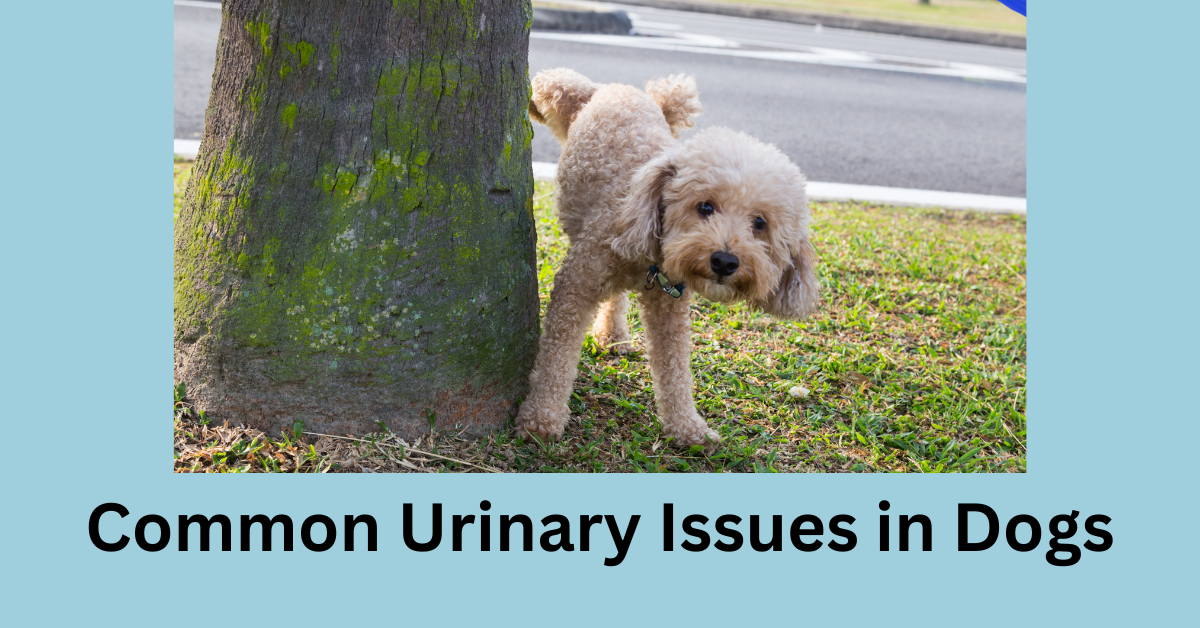What are Dog Abscesses?
An abscess in dogs is a contained pocket of inflammation, usually within the tissue, which is filled with puss, white blood cells, and dead tissue. On some occasions, it may be filled with bacteria. The most common sites are teeth, skin, anal sacs, and infected masses in cases of neoplastic.
Common abscess sites:
Common locations of abscesses in dogs
Teeth: At the dental abscess, the infection is usually at the tooth root, making the surrounding bony socket and inflamed gums very common.
Abscesses on the skin can also be formed due to trauma caused by bites or splinters, where bacteria and debris become entrapped below the skin surface, developing into painful, swollen lumps.
Anal Sac: An anal sac forms the internal sac beside each side of the anal canal. When the contents in the sac fail to drain properly, they may become inflamed or infected or even fill with pus.
Infected Neoplastic Mass: When malignantly transformed, the neoplastic masses may develop abscesses because of outgrowing the blood supply, leading to a rapid onset of swelling and discomfort.

Abscess Symptoms in Dogs
Symptoms depend on the site of the abscess:
Pulpal: Painful, possibly having an odor or drool, facial swelling, and a preference for soft foods.
Skin abscesses: Skin abscesses are tender, warm nodules that may lead to limping or even present as sensitivity.
Anal Sac Abscesses: Excessive licking under the tail, scooting, straining while defecating, possibly draining if ruptured.
What Are Abscesses in Dogs
A dental abscess can occur from dental disease, fractured teeth, or foreign material in the mouth.
Skin Abscesses: These originate from bite wounds, foreign bodies, and excessive licking due to allergies.
Anal Sac Abscesses: These happen when the duct is partially or blocked by some dense material, preventing normal drainage.

Diagnosing Abscesses in Dogs
Veterinarians diagnose most abscesses during a physical examination. The veterinarian may obtain a sample of cells for microscopic evaluation by a fine needle aspirate. If initial treatment is ineffective for an abscess, the veterinarian may culture fluid obtained during drainage to identify the bacteria and select the best antibiotics.
Care for Abscesses in Dogs
Treatment will depend on the diagnosis and place:
Drainage and Irrigation: Incision to open and drain the abscess and remove the source of infection, such as tooth extraction or removal of a foreign body.
Antibiotics and Pain Control: Oral antibiotics are administered along with anti-inflammatory medications. Encourage warm compresses to the area to increase blood flow and help to remove debris.
Dog Abscesses: Recovery and Management Treatment
Abscesses usually begin to get better within 2-3 days of treatment. Follow-up visits are also quite common to gauge how healing is coming along. For longer-term management, this may involve dental work, routine anal gland expression, or skin allergy treatment, depending on the type of abscess.
FAQs
Can an abscess kill a dog?
External abscesses are generally considered a nonfatal condition. However, internal abscesses can be fatal.
Is a dog abscess an emergency?
External abscesses typically don’t require emergency care.
Will a dog abscess go away on its own?
Small skin abscesses can resolve spontaneously and heal without interference, but a veterinary assessment is recommended.
Can an abscess spread?
An abscess can grow, but it usually does not spread to other body areas.
Do abscesses hurt dogs?
Yes, the abscesses are very painful.





